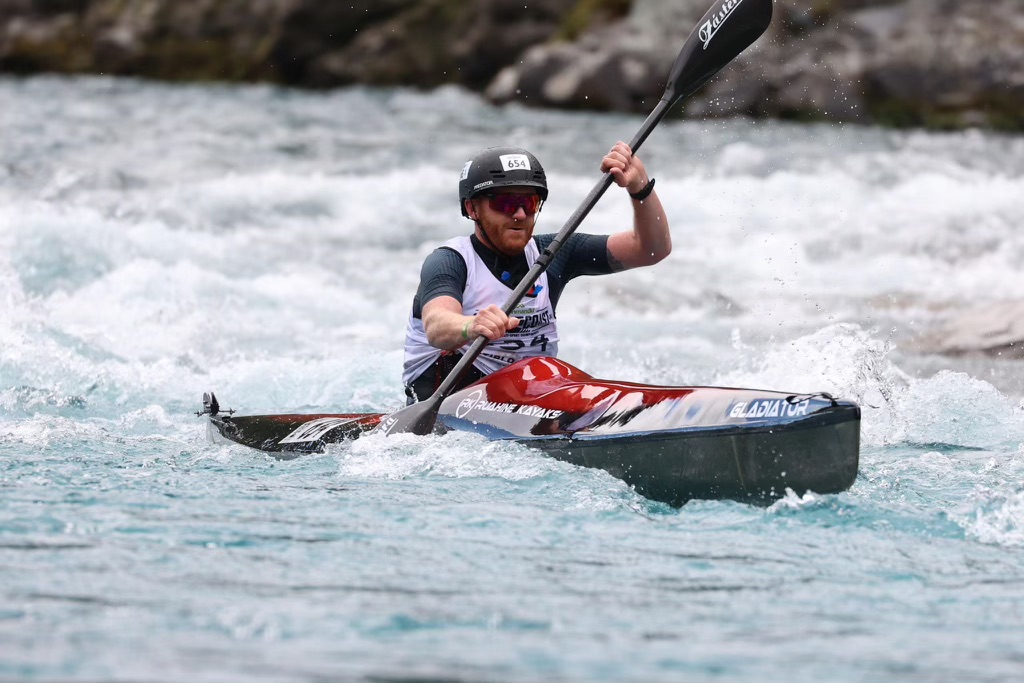
Enhance your Coast to Coast performance by mastering proprioception and improving your body's awareness and control. The Oxford definition of proprioception is 'perception or awareness of the position and movement of the body.'
Enhancing Balance and Coordination
Proprioception is a game-changer for athletes tackling challenging events like the Kathmandu Coast to Coast, as it serves as a cornerstone in improving balance and coordination. With varying terrains to conquer during the race, athletes rely on their exceptional proprioceptive skills to stay steady and coordinated.
From navigating uneven terrains to maneuvering through rocky trails and rivers, athletes face many obstacles that demand precise body awareness. Proprioception empowers athletes to feel their body's position, movements, and actions in space, enabling them to execute accurate and coordinated movements. This heightened body awareness not only aids in navigating rugged terrains but also helps maintain balance, ultimately reducing the risk of slips and falls.
Improving Movement Efficiency
Proprioception enhances balance and coordination and boosts movement efficiency for athletes taking on the Kathmandu Coast to Coast challenge. By providing valuable feedback, proprioception allows athletes to move efficiently and accurately, which is crucial for activities like mountain running and paddling.
In kayaking, where precise paddle and body control are paramount for speed and agility, athletes with well-honed proprioceptive abilities can execute movements with precision and coordination. This translates to better paddling efficiency and overall performance on the water.
Preventing Injuries through Proprioception
Another critical benefit of proprioception for athletes engaging in multisport events like the Kathmandu Coast to Coast is injury prevention. By improving joint stability and reducing the risk of falls, proprioception is a powerful tool in keeping athletes injury-free.
Athletes with heightened proprioceptive awareness are better equipped to adapt to sudden changes in terrain or conditions, swiftly adjusting their movements to match the environment. This adaptability significantly reduces the chances of injuries during the race.
Adapting Quickly to Varied Environments
The Kathmandu Coast to Coast is a test of versatility. It requires athletes to transition between different environments seamlessly, and proprioception helps facilitate this adaptability.
Strong proprioception empowers athletes to sense and comprehend their body's position and movements, enabling them to adjust swiftly to changes. Whether transitioning from running to cycling or navigating through different water conditions, athletes with well-developed proprioceptive skills can quickly adapt their movements and maintain peak performance.
Boosting Endurance and Stamina
Maintaining optimal body mechanics and posture throughout the race is vital for conserving energy and staving off fatigue. Proprioception is crucial in promoting efficient movement patterns, ultimately enhancing endurance and stamina.
Athletes with heightened proprioceptive awareness can fine-tune their movements, reducing unnecessary energy expenditure and minimising fatigue. By moving with precision and efficiency, athletes can sustain their performance for extended periods, ultimately boosting their endurance and stamina during the Kathmandu Coast to Coast challenge.
As part of training for Coast to Coast, I encourage all athletes to regularly spend time in environments as closely matched as possible to the course itself.
.png?width=100&height=100&name=Untitled%20design%20(3).png)
